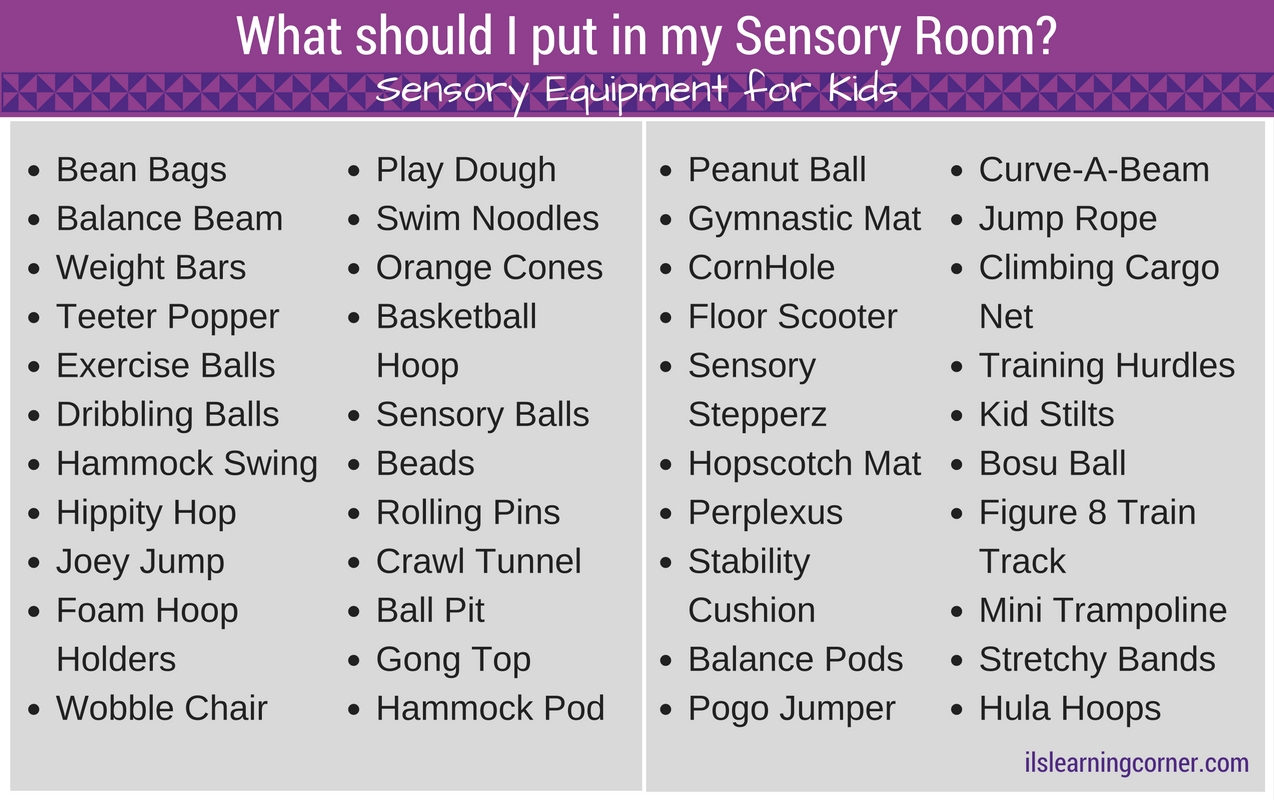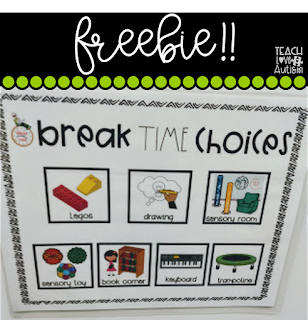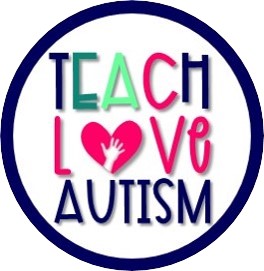Addressing the Sensory Needs of Your Students
Sharing is caring!
It is no question that one of my favorite parts of my classroom is my sensory room. It is something that I never dreamed I would have. I was lucky enough to have someone that cared about the sensory needs of my students that when they built my classroom they put a small attached room (even with a door) right inside! This has made meltdowns, calm downs, and just a chill spot possible! Don’t think that because you don’t have this that you can’t have a sensory area too!
Sensory Rooms
I have shared about my sensory room before in these posts here and here. The thing is that my sensory room and my area outside of the room as changed every single year. This is because one of the things that I’ve done is I have made sure that my sensory room area caters to what the students I currently have need.
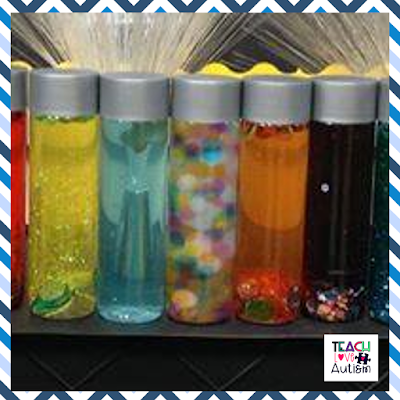 |
| First, Sensory Bottles |
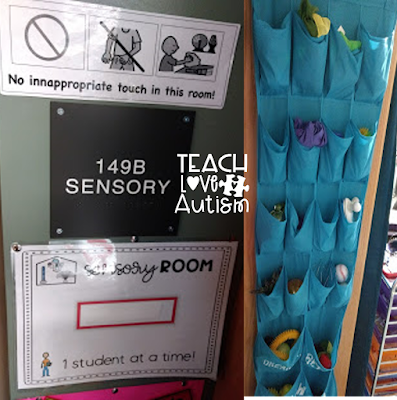 |
| Second, Entrance to sensory room and shoe organizer full of fidgets and toys. |
 |
| Third, A look at some items inside and outside of the room. |
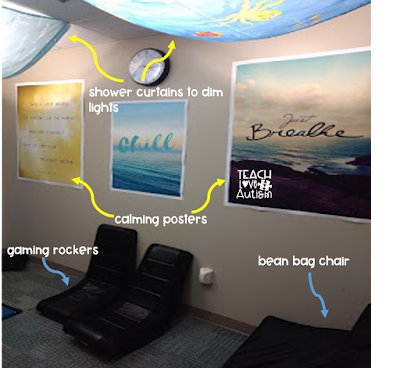 |
| Fourth, Peek inside the calming things in the room. |
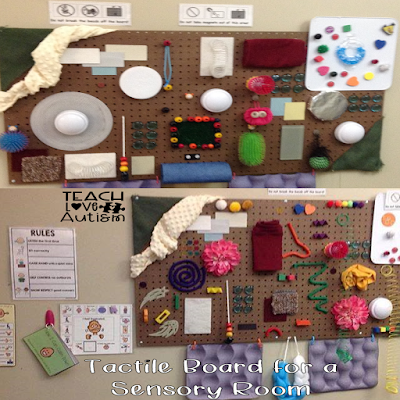 |
| Fifth, two looks at the evolution of my tactile board. Some things have been added and taken away over the years. |
How do you know how to help?
Well, you have to understand the different things that can affect the senses of our students. Children with processing disorders can be oversensitive to sights, sounds, textures, flavors, smells, and other sensory input. However, this means that pretty much anything and everything can either help or hurt our students with sensory processing disorders.
Here is a video explaining a little more about Sensory Processing Disorders:
So, what are the steps to helping those students?
First, I’ve always done is contacted my Occupational Therapist and had them conduct an observation of the student in the classroom and usually. They have the parents and myself fill out a survey of the behaviors that are seen both in the classroom and home.
Checklist to help you
Second, Here is a simple checklist that you could use. I like that this is broken down into different age groups. These checklists also can help you understand the type of behaviors and whether the student is seeking sensory input. Unfortunately, if you can’t figure this out it would be hard to help the student without doing TONS of trial and error. This image is helpful in understanding:
Lastly, I am no expert on what the solution to a student’s needs would be but, I have experience dealing with students that have both seeking and avoiding needs. I have tried many different items and even started doing sensory diet schedules that require my students to participate in different activities. I had the help of my occupational therapist to come up with these activities.
So, do you want to start your own room or area in your classroom and have no ideas on how to start? Check this visual for the kinds of things can you can get! Here are just some of the many that I have used!

Here is a link to a freebie in my store that gives options to students for a sensory break! It is also editable so you can put in the items you’d like or have!
This is a link to some posters that help explain Sensory Processing Disorders that may be helpful for training paras or other staff that come into the classroom. FREEBIE


